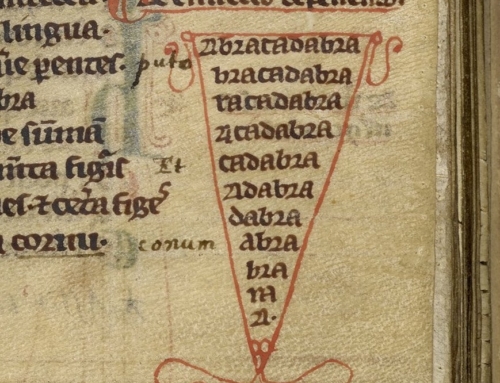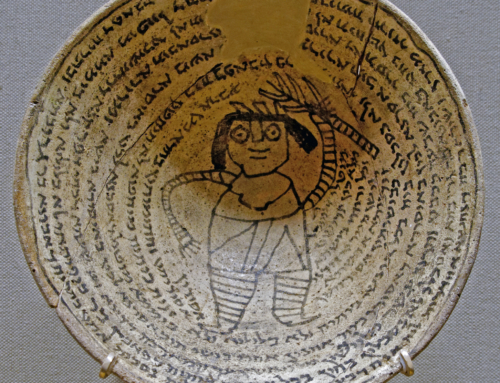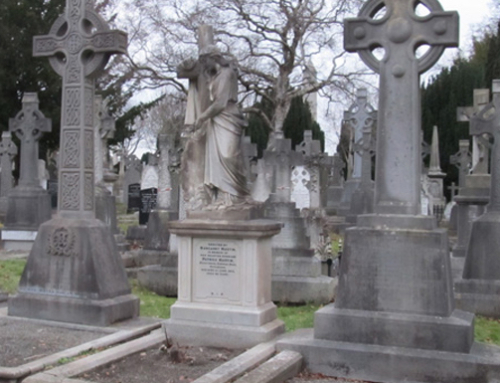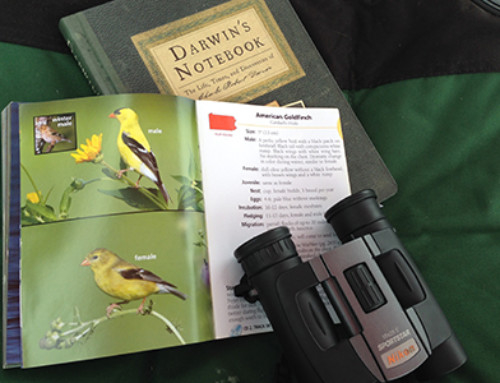
Newport, RI
NEWPORT, RI – Seagulls surf the bitter wind off Narragansett Bay as a lone lobster boat chugs home. By January, the blue bay in Newport, the “Sailing Capital of the World,” is empty and few people remain in the small coastal town.
The lovely 12-meter yachts used in the internationally famous America’s Cup Race have been stored for the winter, and most of the seasonal residents have fled to either the Bahamas or Florida.
Don’t be discouraged, however, by the fact that Newport is a seasonal destination. An off-season weekend means you’ll have the whole town to yourselves. It is also a chance to admire the geography and geology of the area instead of having your view blocked by sailboats and people. For example, the beaches are deserted, and the roads are traffic-free.
Visitors to Newport usually have two destinations in mind: Thames Street with its specialty shops, restaurants, and wharves, and Bellevue Avenue to tour the Newport Mansions, a collection of 11 historically significant properties and landscapes maintained by the Preservation Society of Newport County.

Newport mansion
Many of these glorious mansions were built during America’s Gilded Age by captains of industry, billionaires whose fortunes were made in steamships, railroads, and coal.
The most popular mansion on the tour is The Breakers, the grandest of Newport’s summer “cottages” that belonged to Cornelius Vanderbilt II. In 1893, Vanderbilt commissioned architect Richard Morris Hunt and an international team of craftsmen and artisans to create a 70-room Italian Renaissance-style palazzo.
Cornelius’ brother, William, also build a summer house in Newport, but his “cottage,” Marble House, was a social and architectural landmark. Marble House also was designed by Richard Morris Hunt and set the pace for Newport’s transformation from a quiet summer colony of wooden houses to the legendary resort of opulent stone palaces. It cost $11 million, of which $7 million was spent on 500,000 cubic feet of marble.
The Elms, another popular mansion, was the summer residence of Edward Julius Berwind, who made his fortune in the Pennsylvania coal industry. In 1898, the Berwinds engaged architect Horace Trumbauer to design a house modeled after the mid-18th century French chateau d’Asnieres. Construction of The Elms was completed in 1901 at a cost reported at approximately $1.4 million.
Another popular mansion, Rosecliff, was commissioned by Nevada silver heiress Theresa Fair Oelrichs in 1899 and designed by architect Stanford White after the Grand Trianon, the garden.
Only a few of the mansions are open year-round, but many are decorated for Christmas. More information and a schedule are available online at www.NewportMansions.org.
Although many of the specialty shops in town are closed for the season, a few are open and two spots that preserve the ambiance of Newport are the Armchair Sailor Books and Charts at 543 Thames Street and the Red Parrot Restaurant at 348 Thames Street.
The Armchair Sailor bookstore is operated by Bluewater Books and Charts, and is accessible on foot or by dinghy, not that many “yachties” are visiting in winter. Operated by a staff of lifelong boaters, it is America’s largest nautical bookstore and chart agency, specializing n serving yacht owners and crew. For landlubbers, the shop is a wonderful introduction to sailing and adventures at sea.

Red Parrot Restaurant
The building that houses the Red Parrot Restaurant is listed on the National Register and was built in 1898 by John Alton Barker. Originally a meatpacking house, through the years it has hosted a variety of restaurants serving heads of state, diplomats, royalty, movie stars, and thousands of sailors and tourists. It serves steaks and seafood with a Caribbean flair.
After tiring of mansions, shops, and restaurants, consider a walk around Fort Adams. Built at the mouth of the Newport Harbor, Fort Adams State Park looks over both the harbor and the east passage of Narragansett Bay, so wear a hat and muffler during your off-season hike.

Fort Adam
Established on July 4th, 1799, as a First System coastal fortification, Ford Adams was first commanded by Captain John Henry, who was later instrumental in the onset of the War of 1812. Construction of the fort began in 1824 and took nearly 30 years to complete.
The fort was used briefly by the U.S. Naval Academy during the Civil War. On April 25, 1861, the frigate U.S.S. Constitution carried academy midshipmen to Newport. By Civil War’s end, 400 graduates had served in the Union Navy and 95 in the Confederate Navy. Of that total, 23 graduates were killed in battle or died of wounds. On August 9, 1865, the Naval Academy returned to Annapolis.
During the warmer months, the park is popular for its fishing, boating, soccer, rugby, and picnicking. Fort Adams is also the site of annual summer concerts and festivals.













